My name is Grant Friedman. I am a lifestyle, and behind the scenes photographer. I am also the Editor of Next to the Text, a site that gives a behind the scenes look into the photography, filmmaking, fashion, art, and design industries. I also love to shoot photos of New York City and Central Park.
500px: https://500px.com/grantfriedman
Twitter: https://twitter.com/grantfriedman
Instagram: http://instagram.com/grantfriedman
Facebook: https://www.facebook.com/nexttothetext
A Photographer’s Guide to Surviving Fashion Week
Fashion Week is an international series of events where fashion designers can showcase their latest collections and connect with other members of the industry. Twice a year, the fashion world converges on New York, London, Paris, Milan, and other sites across the globe for a week’s worth of fashion shows and events.
While for many, the focus of Fashion Week tends to be on the celebrities that attend the shows, what they wore, and the parties that followed, Fashion Week is so much more than that. This year, in New York City alone, over 300 designers held shows, making an estimated economic impact of over $887 million.
While Fashion Week is clearly important to local restaurants, hotels, and other businesses, it is also an important event for all the photographers, stylists, hair and makeup artists, and members of the media that are needed to cover such a large event. While Fashion Week shares many similarities to other large media events, like the Academy Awards, for instance, there is one major difference, Fashion Week lasts much longer, and is held over a much wider area.
With over 300 shows to cover, and countless events, there are a lot of opportunities for photographers to contribute. For each show, there are typically dozens of photographers shooting the looks on the runway and the preparations backstage. There are street style photographers covering the front door to the venue, event photographers covering the parties, and in general people running all over the place with their cameras.
I’ve been covering Fashion Week in various ways for several years now. While my interest in the shows is mainly on the preparations backstage, and the runways themselves, I also love to shoot street style photography. So during Fashion Week, you might find me backstage before the show, on the riser during the show, or even out front taking photos of all the stylish people walking in and out of the venue.
While I really enjoy Fashion Week, it can be quite an exhausting event to cover. Whether you only shoot the shows, backstage, on the street, cover events, or some combination thereof. Chances are, whatever you do will be challenging without the right preparation. Today, I’d like to share a bit about what I’ve learned shooting Fashion Week over the last few years, and explain how you can use these tips to shoot better Fashion Week photos of your own.
Shooting Backstage
As a backstage and behind the scenes photographer, shooting backstage is one of my favorite things about Fashion Week. As Editor of Next to the Text, I’ve spent a lot of time shooting behind the scenes on photo shoots, capturing beautiful candid shots of photo shoots as they progress
Being able to tell the behind the scenes story of how a photograph, film, or piece of art came together is something that I’m passionate about, and shooting backstage at a fashion show shares many similarities. While a photo, image, or film is the culmination of the work a photographer, artist, or filmmaker does, a runway show is the culmination of the work fashion designers, hair and makeup artists, and stylists do.
The biggest difference between shooting behind the scenes on a photo shoot, and shooting backstage at a fashion show, however is scale. On a photo shoot, there is one photographer, no more than a handful of models, and a small team of hair and makeup artists, and stylists. At a fashion show, there might be 40 different models with 40 different looks, each of which needs to be made up before the show begins.
With 40 models, and a large team of hair and makeup artists, and stylists, there is just so much more action backstage at a fashion show than on a typical photo shoot.
While it is exciting to shoot all that action, it can be challenging as well. I have so much more freedom of movement shooting behind the scenes on a photo shoot than I have backstage at a fashion show.
On a photo shoot, I might have ten hours to shoot behind the scenes photos, at a fashion show, I’m lucky to have two. On a photo shoot, chances are, I’m the only person shooting behind the scenes photos, at a fashion show, there could be dozens. On a photo shoot, I can spend most of my time scouting out great shots, at a fashion show, I have to spend quite a bit of time just trying to stay out of people’s way.
With that said, I do have a few tips for how you can manage all the chaos and still take great shots.
Getting Access
To get backstage access, you’ll need an invitation. There is no sneaking in through the back door.
What Gear Do You Need?
Two Cameras: You don’t necessarily need two cameras to shoot backstage but having more than one camera will increase your chances of getting great shots.
Telephoto and Wide Angle Lenses: Having two cameras doesn’t do you much good unless you are using different lenses on each body. Having a long lens on one camera and a wide lens on another body makes it easier to get shots when there are people everywhere. I like to use a 24-70mm f/2.8 and a 70-200mm f/2.8.
Straps: Obviously, you won’t be able to hand-hold two cameras, having a couple of straps is essential but I’ve also had my eye on this dual camera system from Spider, although admittedly, I’ve never used it.
Flash: While I will bring a flash with me backstage, I’ve generally found that the backstage area is fairly well lit and I tend not to use my flash very much. I prefer shooting candid shots backstage, and find that firing a flash tends to ruin the moment. With that said, I will use a flash if I’m shooting a posed photo of the models, designers, or people backstage, or if I really need the extra light.
Shooting the Runway
For Fashion Week, photographers travel from all over the world to cover the shows for various media outlets and publications. To shoot a fashion show, the best place to be is on the riser, or “the pit,” as it is called.
On the riser you’ll find dozens of photographers crammed into a fairly small space. From the outside, the riser may seem like an intimidating place, but for the most part, the photographers who shoot there are professional, friendly, and accommodating, as long as you’re a serious shooter.
Who Gets Access to the Riser?
While the photos that you get on the riser are much better than the shots you’ll get from the audience, not everyone is allowed on the riser.
To get access to the riser, you need to be invited to the show as part of the media. The photographers shooting from the riser have worked hard to get their accreditation, and for many, shooting the shows is how they make their living, so keep that in mind before you step onto the riser.
What Gear Do You Need?
Camera: To shoot a fashion show you’ll need a camera with a good low light sensor and one that shoots at a high frame rate. In a lot of ways, shooting a runway show is very similar to shooting a sporting event. The models are walking towards you fairly quickly, and you’ll need a camera that performs well at high shutter speeds and high ISOs. In the pit, you’ll see a lot of photographers using the Canon 1DX or the Nikon D4S but you can also get away with other high-end DSLRs, as well.
Lens: The main workhorse lens on the riser tends to be the 70-200mm f/2.8, although some photographers will go longer depending on the length of the stage and their position on the riser.
Tripod or Monopod: A tripod or a monopod is absolutely essential. While a fashion show doesn’t last very long, it is not easy to hold a camera steady for 5-10 minutes as the models walk the runway. Having some stabilization is important. A monopod is best for still photography but don’t worry, if you don’t have one, collapse your tripod into one column and use it like a monopod.
Turtle: A turtle is a small step stool that photographers stand on if there is another photographer standing in their way. Having the ability to go a bit higher is very helpful on the riser when there isn’t much room for you to maneuver. Keep the person standing behind you in mind however. You don’t want to block their view, as well.
Pelican: A Pelican is a hardened camera case on wheels that photographers often bring to shows. The nice thing about a Pelican is that you can also stand on it. So if you do need a bit more height, or if your neighbor does, it can support the weight.
Memory Card: Depending on the length of the show, and the camera you are using, you’ll want to have a fairly large and fast memory card. 34GB at a minimum but 64GB and up will also be helpful. Tip: make sure to keep one or two memory cards close by, or in your pocket during a show just in case you run out of space or have a card fail.
Two Batteries: You can’t shoot a photo without a battery in your camera, but having a second battery close by can save you from losing an entire show, especially during the colder months when battery life isn’t as long as it is in the warmer months.
What Are the Best Settings?
The settings for each show depend largely on the venue but I’ve generally found that following settings are a pretty good starting point.
- Shutter Speed: 1/1000 second
- Aperture: f/2.8
- ISO: 800
- Focus Mode: Continuous 3D
- Frame Rate: Continous High
- White Balance: Auto
- File Type: Raw (although some photographers will also shoot JPG for faster turnaround)
Photo Selection
Much to the horror of all the manicurists out there, for me, choosing the right photo is all about the positioning of the model’s feet. When I scroll through my shots, I’m only looking at their feet, once I’ve found a shot where the feet look great, then I look at all the other elements of the shot.
Are the model’s eyes open? How does the outfit look? Is there some one or some thing obstructing the shot? If everything looks great, I flag the shot and move on to other looks in the designer’s collection.
Best App for Post-Processing
Just about every photographer has their favorite app for processing photos. I prefer to use Adobe Lightroom to process my photos but Capture One Pro or Photo Mechanic are also great options, as well. Once I’ve selected all my shots, I’ll typically make a few minor adjustments and then apply that as a preset to all the photos in the series.
Shooting Street Style
Fashion week can be photographed in several ways. You can shoot the looks on the runway, or you can shoot the looks that people wear to the shows and the parties. While I love to shoot photos backstage and during the shows, I also enjoy shooting street style photos. Just like the shows, there are professional photographers that travel the world to shoot street style photos at all the various Fashion Week events. These photographers know all fashion editors, bloggers, and celebrities that attend the shows, and know exactly where to go to find them during the week. These photographers also know and love fashion, and know exactly what makes a great street style photo. A couple of my favorite photographers are Timur Emek, and Adam Katz Sinding.
The nice thing about shooting street style photos is that you don’t need an invitation or a pass to do it. All you need to do is figure out where the shows are being held and take photos of the people walking in and out. While it’s nice that you don’t need special access to shoot street style photos, be prepared to endure quite a bit travel throughout the city, standing around for long periods, and often inclement weather. Below, I’ll offer a few tips.
Dress Comfortably: Fashion Week is typically held in February and again in September. The weather during those months can be brutal. So make sure you have something to keep you warm or cool. Wear gloves, a hat, and a jacket in the winter months, and dress in cool comfortable clothes in the summer.
Be Prepared for Weather: Make sure you have all-weather gear with you. It could rain or snow while you’re standing outside. Rain and snow always make great photos so make sure that you have gear that will let you stand outside during those times. In the summer, make sure you have some water close by, as well.
Plan Your Schedule: Take a look at the Fashion Week calendar, and make sure to be present at the big shows, as that is where all the big-named editors, bloggers, and celebrities will be.
Use the Best Gear You Have: Street style photographers often use a wide range of gear to shoot their photos. While the professionals are all using high-end gear, you don’t have to shoot with the same gear that they use to get great shots. Just keep in mind that you will want a really nice lens that is constant at an aperture of at least f/2.8.
When I shoot street style shots, I actually don’t bring much gear with me. Here is what I typically bring.
- A camera
- 70-200mm f/2.8 lens (although many street style shooter use prime lenses. The 85mm 1.2 (Canon) or 1.4 (Nikon) is popular.
- Extra batteries
- Extra memory cards
- A strap
- A bag
Flash is Not Necessary: Most street style photography is shot in natural light. You won’t need your flash unless you’re shooting at night.
Conclusion
Fashion week is an exciting event to be a part of, especially as a photographer. Photography is such an important part of fashion, and I feel incredibly blessed to be able to contribute in this way. Each season, I meet so many new people and learn so much more about photography, as well as fashion.
I hope that this guide gives you a better understanding of what it is like to shoot photos during Fashion Week, and hopefully, you can use it to shoot better photos of your own.

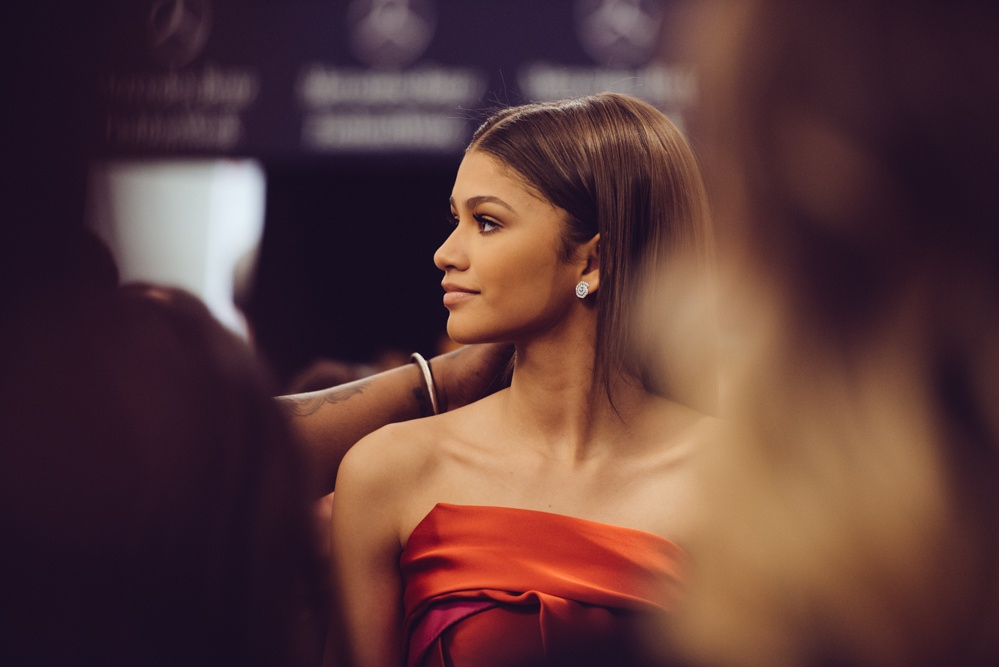













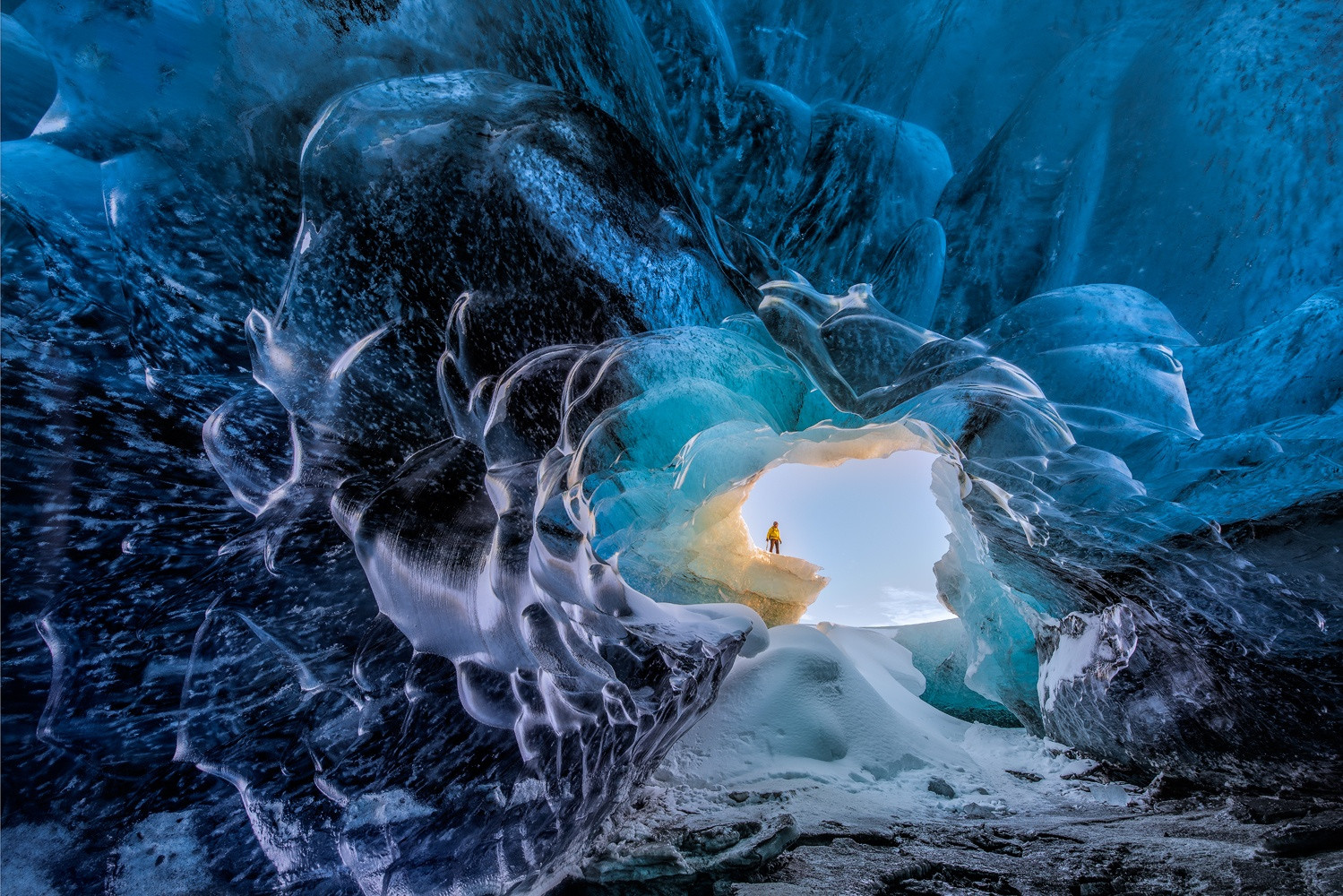
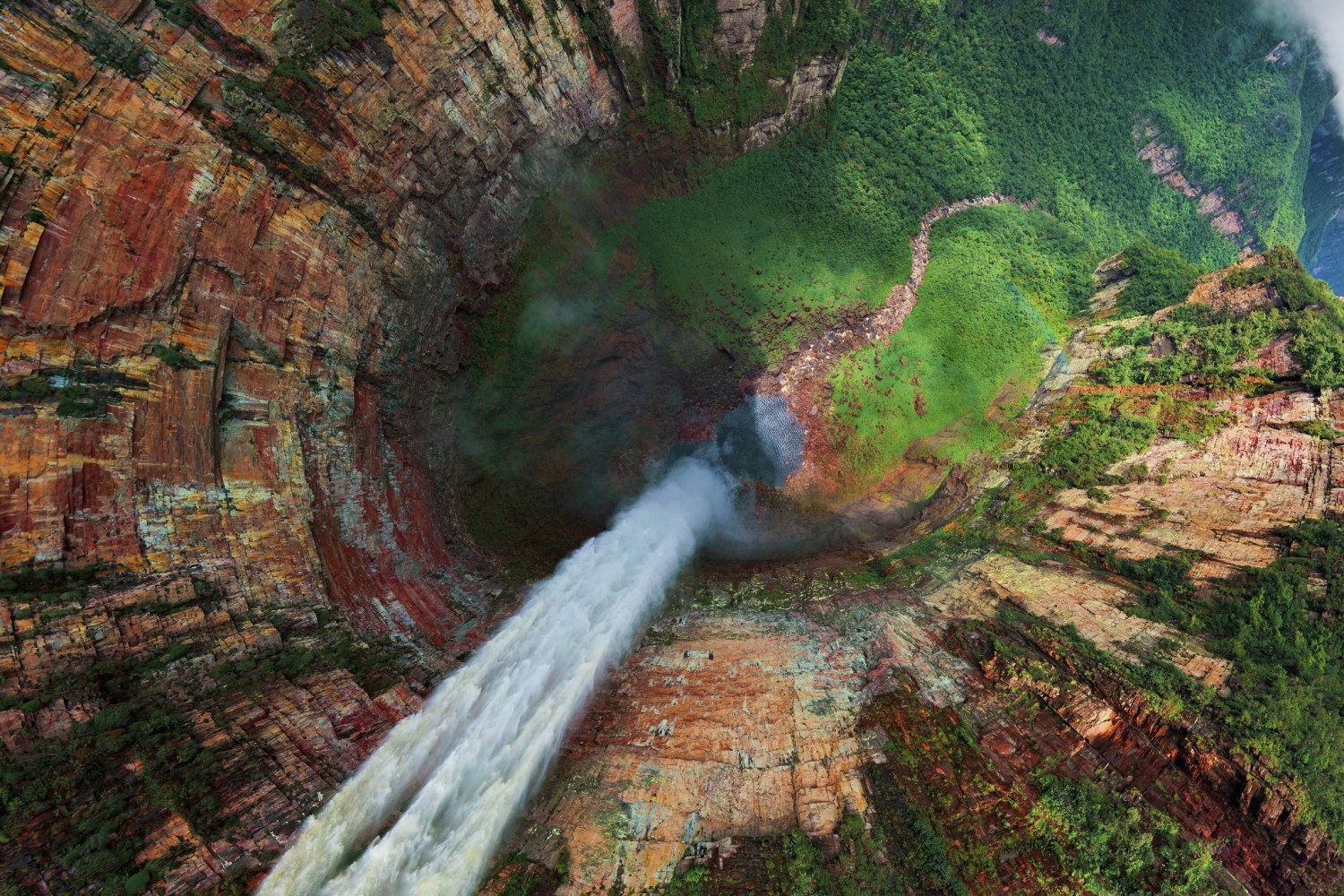

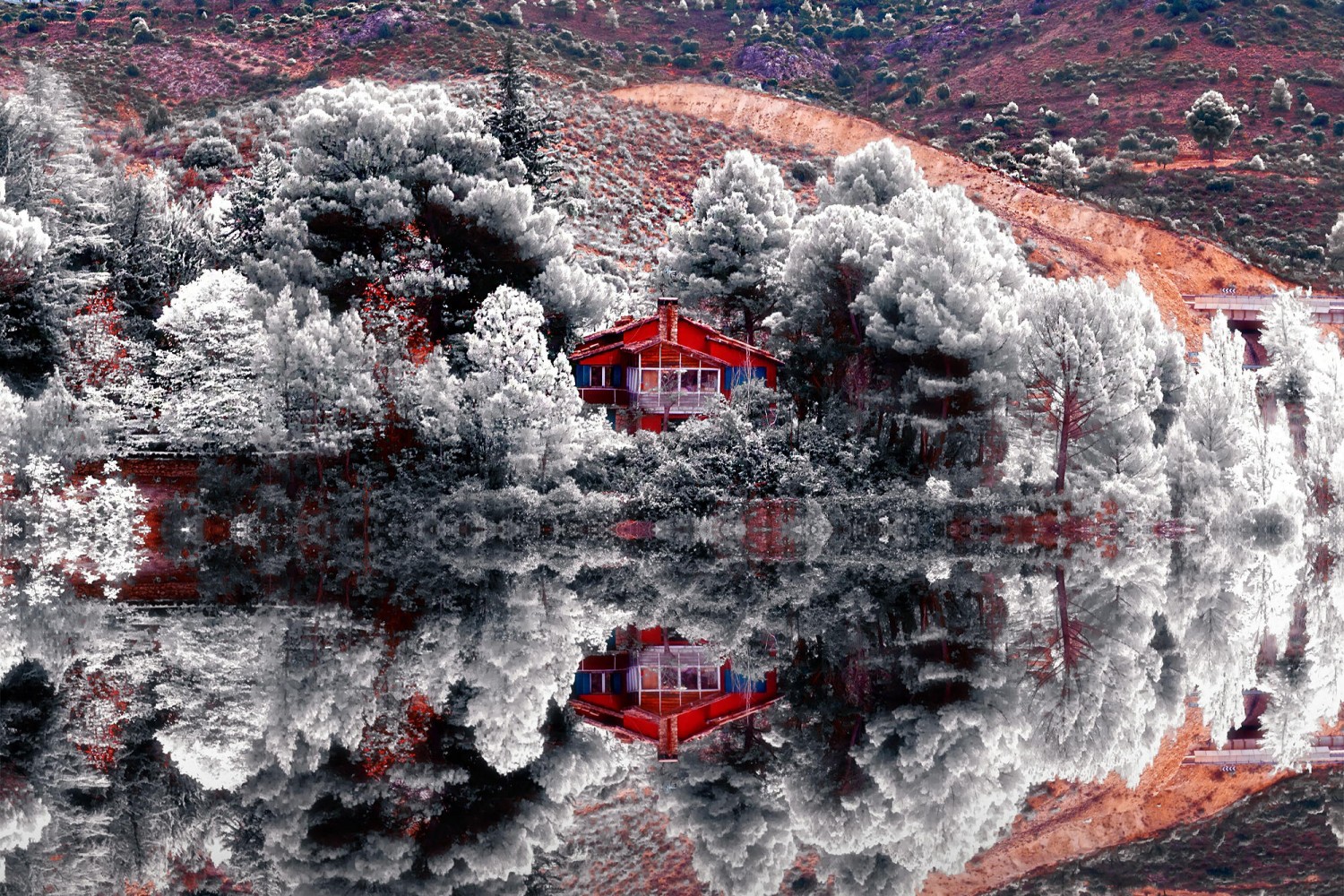
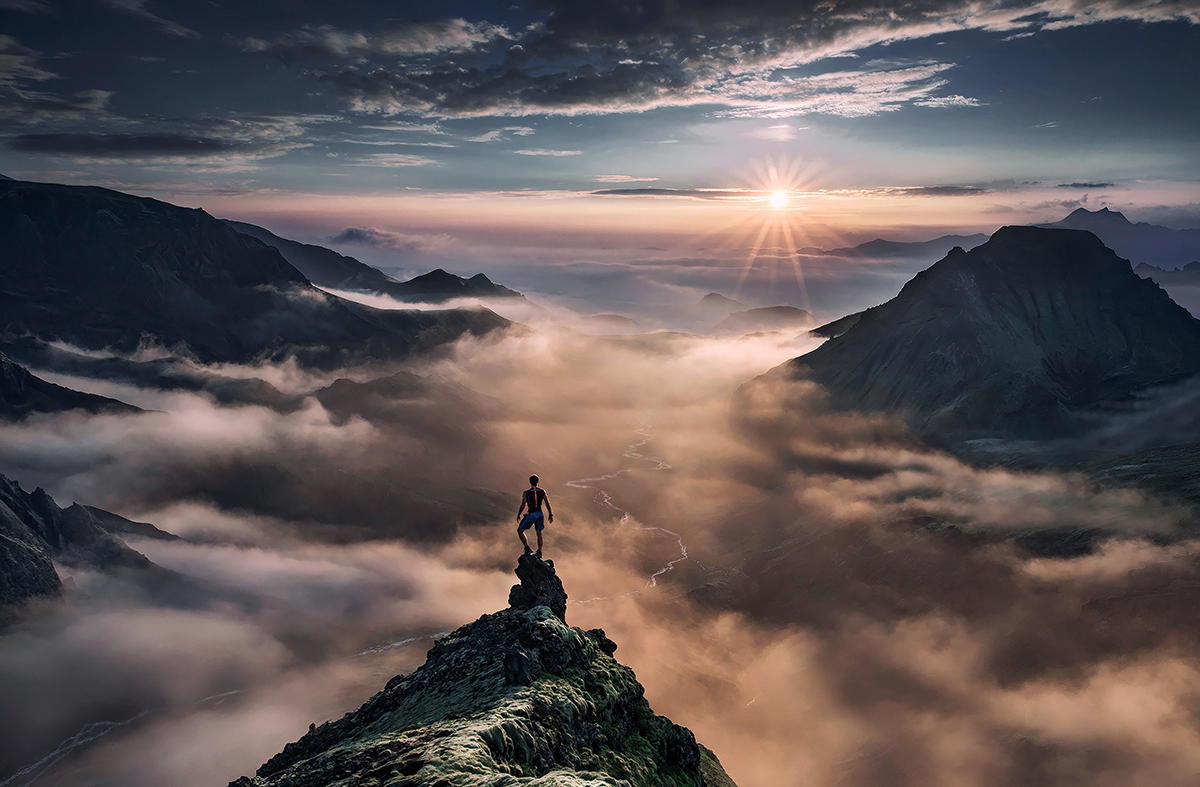
Leave a reply